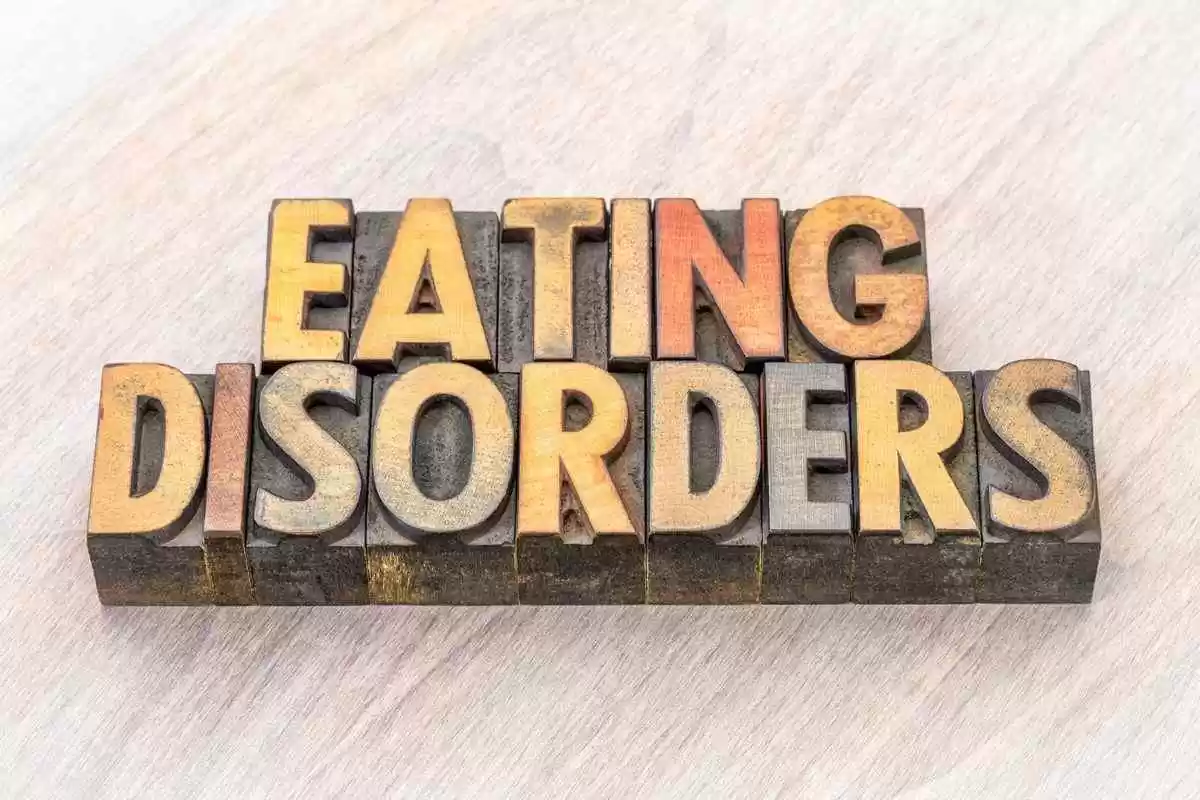

Are you constantly worrying about your weight? Or maybe you’ve noticed that your friend won’t eat in front of anyone.
Eating disorders can be complicated and sometimes fatal, with 26% of eating disorder victims attempting suicide.
Learning what is considered an eating disorder and a poor habit or a strict diet aren’t always as easy as you might think. To help, we’ve put together a quick guide that’ll help you learn about common signs and symptoms to watch out for, plus what you can do to recover.
Discerning what is and isn’t an eating disorder can be challenging, especially in an era where celebrities hawk a new fad diet every few weeks. So what’s the difference between a strict diet and an eating disorder?
Well, it can depend on a few things.
First, eating disorders often come with feelings of shame or guilt. Feeling bad whenever you eat can lead to a complicated relationship with food. You may find yourself undereating or overeating to compensate for your responsibility.
This can include eating whenever you’re feeling stressed or upset. Emotional eating is one of the most common eating disorders out there, with 38% of American adults reporting that they eat whenever they’re upset. When eating becomes a coping mechanism, it’s easy for those feelings of guilt and shame to lead to emotional spiraling.
It isn’t just your emotional state that influences a possible eating disorder, though. You may binge and purge to get an ‘ideal’ body. However, doing so can put extreme amounts of stress on your body and may even lead to heart failure or issues with orthostatic vitals.
Eating disorders are tough to spot, particularly in others.
Pay close attention to the person’s relationship with food. For example, a person with an eating disorder might be highly hesitant to eat in front of other people.
Likewise, they might think of meals as rewards instead of essential maintenance (i.e., running so many miles before you can eat dinner).
Other signs are more obvious, like constant hand tremors, fainting, or extreme weight loss or gain.
Though there are multiple types of eating disorders, each with its course of treatment, the good news is that help is out there.
Since an eating disorder is a mental health condition, it’s essential to treat it. Patients undergo intensive therapy sessions where they delve into their complex relationship with food with the help of mental healthcare professionals.
In addition to regular therapy sessions, patients will work with doctors to assess any physical damage caused by the eating disorder. Together, the doctor and patient develop a treatment plan that ensures a slow, safe road to recovery, whether that means staying in a rehab facility, extensive outpatient treatment, or one followed by the other.
Figuring out what is considered an eating disorder can be a challenge. Troubled eating often becomes a full-blown eating disorder when guilt, shame, or other extreme emotions come into the fold.
However, it’s important to remember that you or your loved one can recover and rebuild your relationship with food.
For more tips on staying happy and healthy, be sure to check out the rest of the content on our health and fitness blog!
Read Also: 5 Sure Ways To Improve Energy Levels
Shopping centers in Las Vegas have a unique opportunity to stand out by offering not…
Levitra, a widely recognized medication for treating erectile dysfunction (ED), has proven to be a…
Have you ever looked down at your carpet and wondered if there’s a budget-friendly way…
Counter-Strike 2 (CS2) has elevated the thrill of case openings, captivating both seasoned CS:GO veterans…
Trying to sell a car online should be simple, but sometimes buyers lose interest fast.…
In the hustle and bustle of modern life, finding moments of quiet solace can feel…